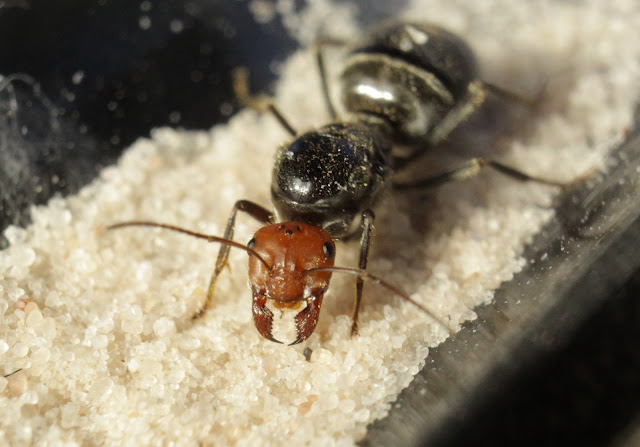3D Printed Ant Farm (1/8/2022)
In recent years, 3D printing technology has grown immensely in popularity, driven by its increasing affordability and accessibility. As an ant enthusiast, there is often a need for an accessory or part that would be difficult or impossible to purchase. For example, different sized, sturdy trays for providing ants liquid food (such as honey) are quite difficult to come across. 3D printing has solved this problem for many, as it enables people to print feeding trays designed to fit the dimensions of their formicaria. In addition, 3D printing has enabled creation of customized formicaria at the click of a button, a feature of the technology that has made custom formicarium creation easier than ever. I have personally utilized 3D printing for a variety of ant-related projects as well, one of which is this ant farm style formicarium that lets the ants to dig in a predefined space, which forces them to make their chambers visible, but still lets them choose how they excavate their
